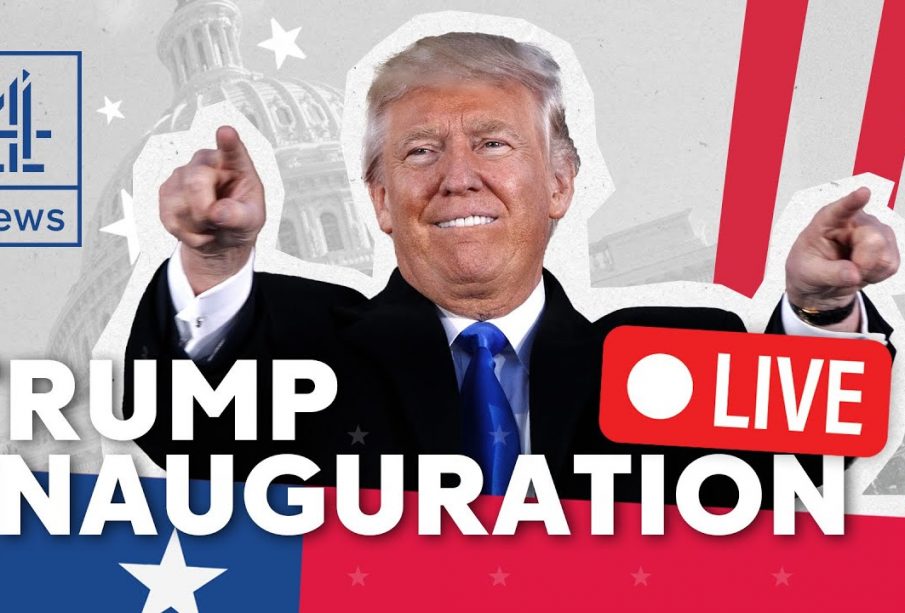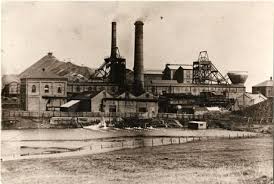The Significance of Trump’s Inauguration

Introduction
The inauguration of Donald J. Trump as the 45th President of the United States on January 20, 2017, marked a pivotal moment in American political history. This event not only symbolised a significant shift in governance but also reflected the growing divisions within the American electorate. Understanding the events surrounding this inauguration plays a crucial role in comprehending the current state of American politics.
The Inauguration Day Events
Trump’s inauguration, held at the West Front of the U.S. Capitol, attracted considerable attention, drawing an estimated 800,000 attendees. The day commenced with a traditional swearing-in ceremony, where Trump took the oath of office administered by Chief Justice John Roberts. His inaugural address, lasting approximately 16 minutes, resonated with themes of populism, nationalism, and a promise to ‘Make America Great Again.’ Statements such as “American carnage stops right here and stops right now” underscored his intent to address issues related to crime, immigration, and economic stagnation.
Controversies and Protests
While supporters celebrated, Trump’s inauguration was also marked by controversy. Demonstrations against his presidency proliferated, with significant protests occurring both before and after the inauguration. The Women’s March on January 21, 2017, which became one of the largest single-day protests in U.S. history, drew millions nationwide, expressing opposition to Trump’s policies and rhetoric, particularly concerning women’s rights and social justice.
Aftermath and Political Impact
Trump’s inauguration set the tone for his contentious presidency, characterised by bold executive actions and significant policy shifts. Early initiatives included withdrawing from the Trans-Pacific Partnership and implementing travel bans from specific countries. These moves ignited fierce debates and legal challenges across the nation, leading to widespread protests and a deeply polarised political environment.
Conclusion
The inauguration of Donald Trump remains a crucial event for understanding the dynamics of contemporary American politics. It signified not just a transition of power but also illustrated the underlying fractures in American society. As the nation moves forward, the implications of his presidency and the responses it elicited continue to shape debates around governance, representation, and the future of democracy in the United States. Observers can expect that the effects of this pivotal moment will be studied and felt for years to come.








